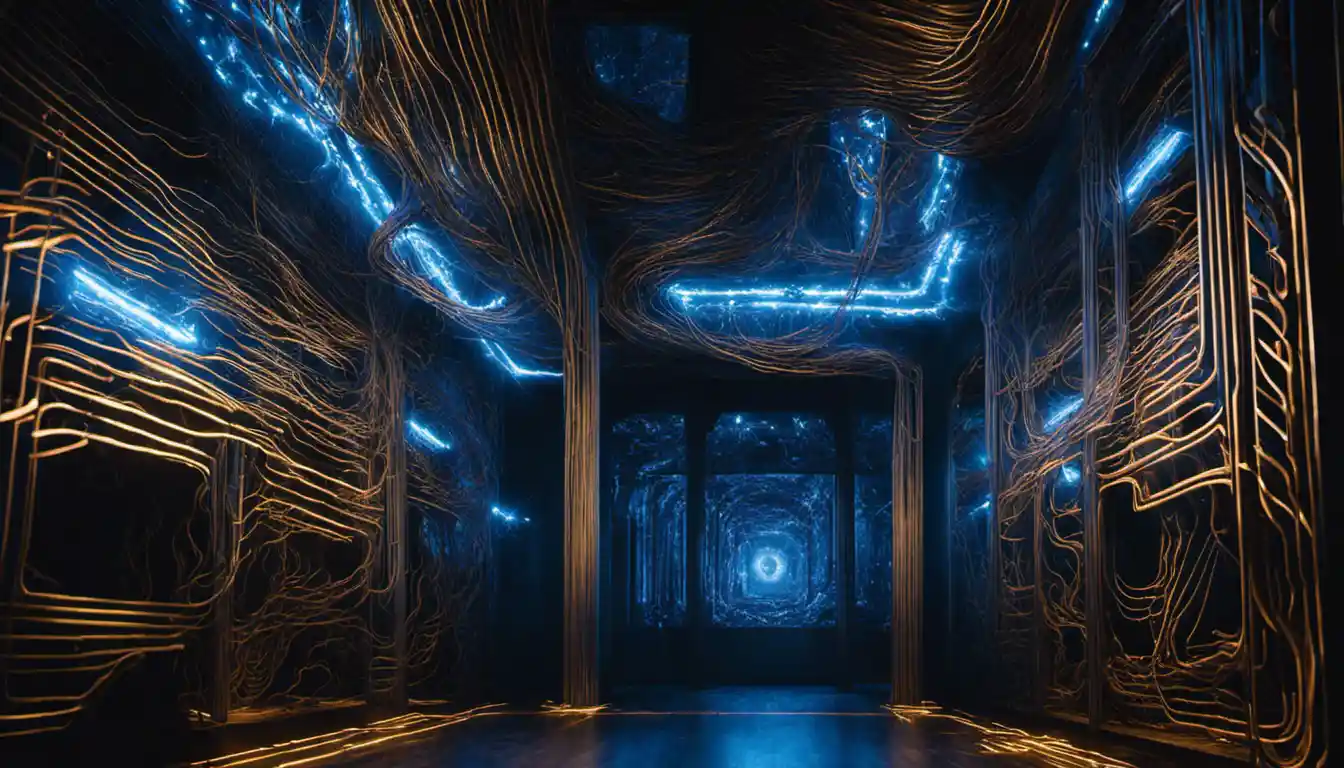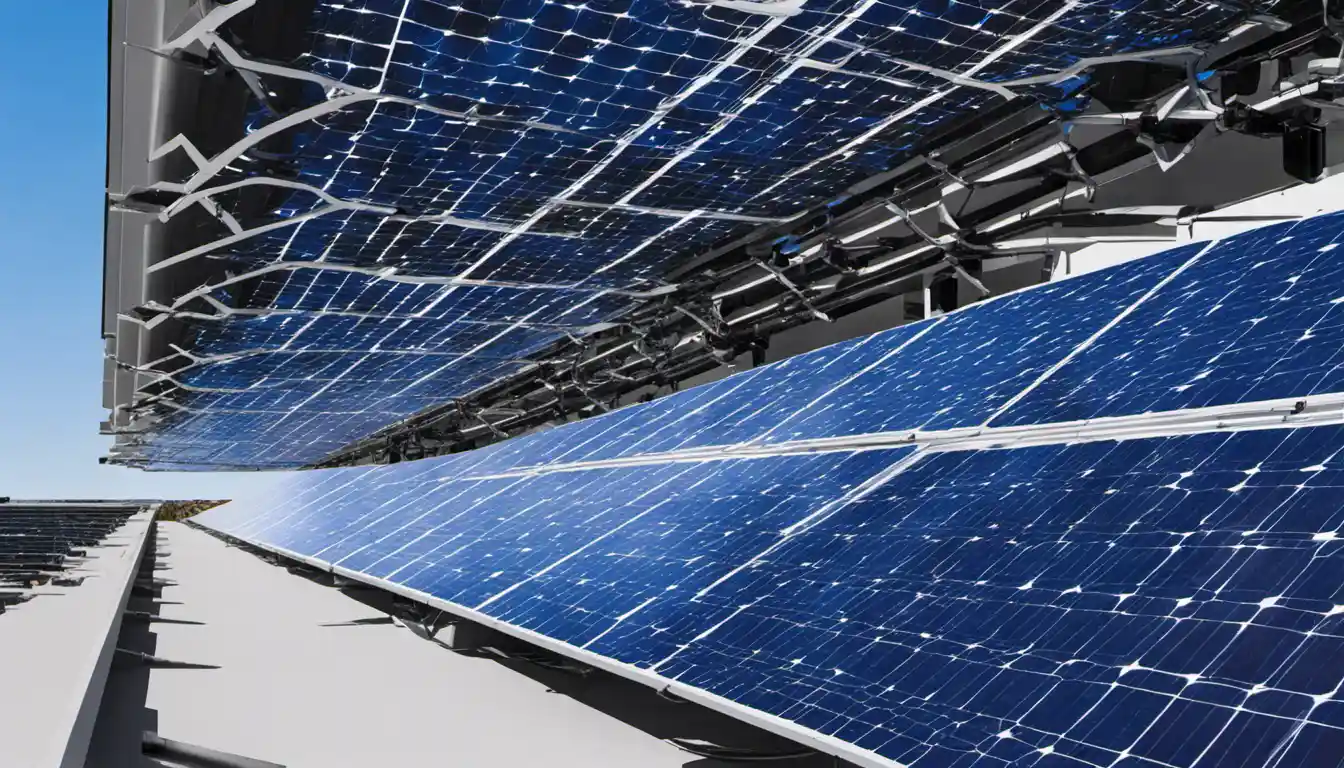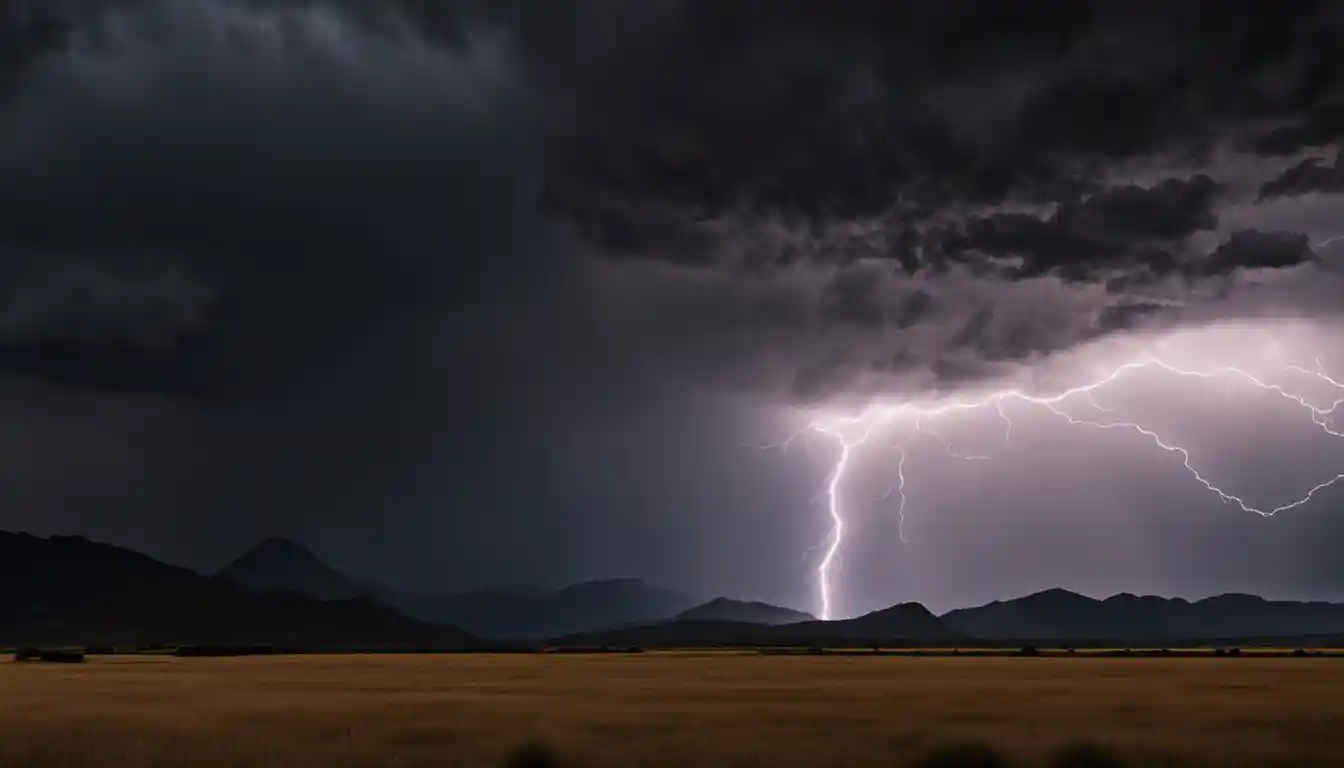Introduction to Surge Protection in Solar Systems
Surge protectors for a solar power system should be installed at two critical points. Firstly, place them on the DC side between the solar panels and the inverter. Secondly, install them at the inverter’s AC output that connects to the grid or home to protect against overloads from the grid.
Just imagine life without surge protectors. One power surge and your hard-earned solar power system could be compromised. It’s like building a state-of-the-art fortress and then leaving the gates wide open for intruders. That’s exactly what a power surge can be—an unwelcome and potentially damaging intruder in your system.
Understanding the Need for Surge Protection
Power surges can occur from a variety of sources—weather conditions, grid malfunctions, or equipment failures—and can damage your solar investment significantly. That’s where surge protectors (also known as Surge Protective Devices or SPDs) come in.
Surge protectors are to your solar power system what a lightning rod is to a building. They protect your system by grounding electrical spikes before they can do any damage.
Risks of not Installing Surge Protection
Skipping surge protector installation could mean risking the longevity of your solar power system. Imagine the power surges as a high-speed bullet and your solar system as a target. Without a surge protector, you’re essentially inviting potential hazards into your components.
Deciding Where to Install Surge Protection in Your Solar Power System
So now, we must know where to install surge protectors in a solar power system.
Installer’s Recommendations
It varies depending on your specific system layout, so always refer to the instructions given by the installer or manufacturer, as they’re usually based on detailed system analysis and scenario-based assessments.
Considering System Components
It’s crucial to protect not just the inverter, but other components like the solar panels and battery banks. Distance also matters. The farther your system’s components are from each other, the more likely they are to catch a surge.
Installation At Both Ends of Any Long Wire Run
Surge protectors should be placed at both ends of any long wire run in your solar power system.
Importance of Both-Ends Installation

By installing surge protectors at both ends of the circuit, you trap the surge before it spirals out of control through your system components. It’s like having security checkpoints at both the entry and exit of a building, ensuring thorough safety.
Methodology for Correct Installation
The surge protector should be parallel to the equipment it’s protecting. And remember, the distance between the surge protector and the device must be as short as possible, as surges can jump gaps and bypass the protector. A picture I often paint for my clients involves imagining the surge as a rampaging bull and the surge protector as a matador, guiding the charge away from valuable assets.
Differentiating Between AC and DC Surges
Understanding the difference between AC and DC surges is key when deciding where to install surge protectors in a solar power system.
AC Surge Protectors
AC surge protectors are typically installed near your main service panel or circuits that run off it. They’re your first line of defense against incoming AC surges from the power grid, or your own equipment like compressors or motors turning on and off.
DC Surge Protectors
DC surges often emanate from the solar panels themselves, traveling down the conductors and into the inverter. Installing DC surge protectors between the panels and the inverter can help divert these surges safely to the ground.
How to Select Surge Protective Devices (SPD) for Solar Systems
Just like buying a car, selecting the right SPD for your needs is crucial. Each component in a solar power system requires different SPDs to safeguard them.
Understanding SPD parameters
You must consider several parameters, such as the maximum continuous operating voltage and the nominal current. The selected SPD should meet these parameters, ensuring it is equipped to handle the demands of your system.
Factors Affecting SPD Selection

The DC voltage of the solar panels, the number of circuits, and the total length of wire are all factors to consider when making your selection. Not every SPD will be suitable for every system, so be sure to research thoroughly.
Incorporating Grounding in Your Solar Power System
In the war against surges, grounding your solar power system is the unsung hero.
Introduction to Grounding in Solar Power
Grounding serves as a defense mechanism. It safely directs a surge into the ground, preventing it from causing trouble elsewhere in the system.
Grounding Power Circuits
I advertise grounding to be as non-negotiable as installing the surge protectors themselves. That’s because grounding your power circuits provides that crucial point of egress for the dangerous surge energy.
Ground Rods
Think of ground rods as the exit doors in a building. They offer a direct escape route for any severe voltage, minimizing potential damage to your system.
Additional Lightning Protection for Solar Power System
Lightning is a major cause of surges especially in areas prone to storms. So, to protect your solar power system, consider adding an extra layer of protection.
Lightning Arresters
They’re a form of heavy-duty surge protectors. They can handle the massive power of a lightning bolt and safely divert it to the ground. Think of them as the superheroes in the world of surge protection!
Lightning Rods

These pointed metallic rods serve as a temptation for a lightning bolt. Instead of your solar setup, the lightning is attracted to the rod, which then safely directs the energy into the ground.
It’s always wise to protect your system by taking preventive measures. For more on this, visit our full guide on solar panel protection.
Importance of Earth Bars in The Solar Power System
An Earth Bar is an essential component in your system, connecting all the grounding circuits and creating a common point of reference for potential differences.
Earth Bar Fundamentals
Without the Earth Bar, your system could have different voltages at various points, causing imbalances, disrupting the power supply and potentially creating an unsafe environment.
Role of Earth Bars in Protecting Against Surges
Earth Bars work hand in hand with your surge protection system. They help ensure that any surges directed to the ground are smoothly transitioned, minimizing any backflow of electrical energy.
Maintaining Your Surge Protection System
As with anything, regular check-ups go a long way in prolonging the life of your investment.
Regular Inspections
Make a habit of periodically inspecting your surge protection system. Check for signs of wear and tear, ensure the connections are tight, and the devices are working correctly.
Scheduled Maintenance and Replacement
Even the best of surge protectors won’t last forever. They eventually wear out with each surge they protect against. That’s why scheduling regular maintenance and planning replacement before they fail is a crucial habit to develop.
Conclusion
In a nutshell, knowing where to install surge protectors in a solar power system is vital to safeguard your investment. Be proactive, think ahead, and protect each point of your power system setup. From the solar panels to wiring, and from the inverters to the battery banks—every component deserves protection.
Whether you’re a newbie or a seasoned professional, I hope this guide has provided a valuable insight about ‘how to select spd for solar system’ and helped clear any doubts. Ultimately, the key to a happy solar power system is excellent surge protection. So here’s to safe and successful solar installations!
Remember, with solar power systems, it is not just about the sunshine; it is also about surviving the storms. With the right surge protection, a storm is just another day powering your system.



